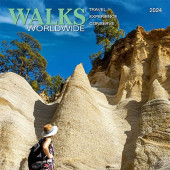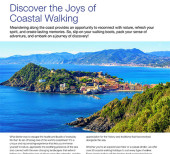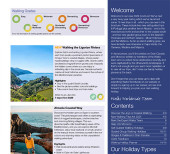As a general rule you can aid the acclimatisation process yourself by being disciplined and strictly adhering to the following.
Before Booking and Travelling
- Visit your GP for a check up, discuss the trip and the altitudes involved, and ask for their advice on your suitability for the trip.
- If you have a pre-existing medical condition, or have previously had symptoms of altitude related illnesses before it is imperative that you seek your GP’s advice before booking.
If you have any concerns about altitude we are always happy to offer advice based on our many years of experience operating trips that involve high altitude. However, we must also emphasise that we are unable to provide qualified medical advice and thus would always strongly recommend you speak to your GP.
When On Your Trip
-
Drink plenty of fluid – at least three to six litres per day.
-
Walk at a much slower pace than you would normally at lower altitudes.
-
Refrain from consuming alcohol, tobacco and other things that cause dehydration.
-
Eat a high-calorie diet.
Acute Mountain Sickness (AMS)
Acute Mountain Sickness is an illness that can occur at altitudes above 2,500m and is quite common. However, for most people the symptoms are usually mild. It is important to recognise the signs of AMS, which can include:
- Sleeping difficulty
- Light headiness
- Fatigue
- Loss of appetite
- Nausea and vomiting
- Shortness of breath
Usually these symptoms are temporary and abate with acclimatisation. If you are on a group or private guided trip and are suffering symptoms of AMS, make your trip leader aware, and ensure that you are following the points above.
Although rare, there is always the risk of complications, especially at more extreme altitudes above 3,500m.
Further Information
- The NHS have a Fit For Travel guide to altitude and a more specific guide on altitude sickness and potential complications.
- Read the Walks Worldwide team’s Guide to high altitude trekking and tips on how to prepare for a high altitude trek.











